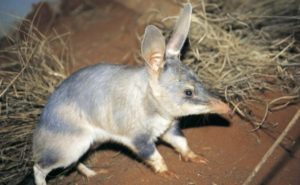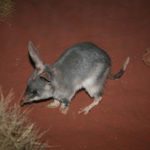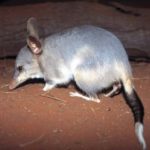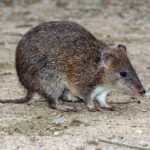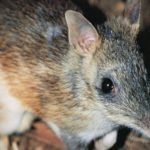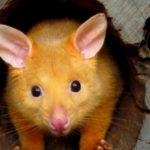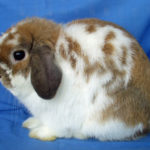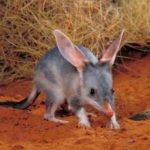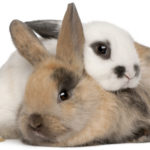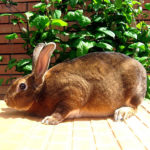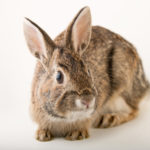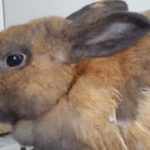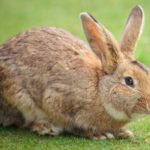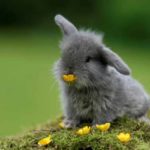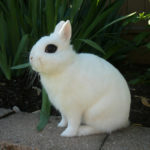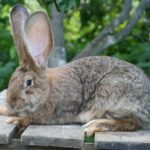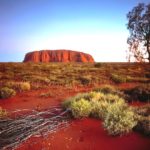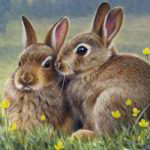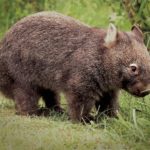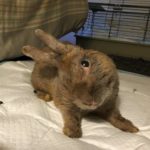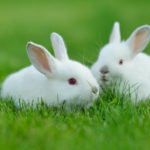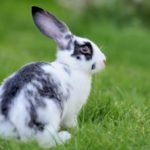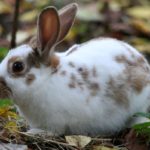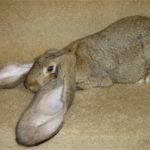Facts about bandicoots
 The rabbit bandicoot is another representative of marsupial mammals living in sunny Australia. But, like many representatives of this mammalian infra-class, bandicoots have already become rare animals and are strictly protected by the laws of the country.
The rabbit bandicoot is another representative of marsupial mammals living in sunny Australia. But, like many representatives of this mammalian infra-class, bandicoots have already become rare animals and are strictly protected by the laws of the country.- In the genus of rabbit bandicoots there are only 2 species: it is the rabbit bandicoot (Latin Macrotis lagotis) and the small rabbit bandicoot (Latin Macrotis leucura).
- The habitat of these two species does not overlap. The first inhabits small populations in the southwest of Queensland, as well as in the southern part of Western and Southern Australia. The second species settled in the central regions of the continent.
- These animals occur in areas with various natural landscapes, from semi-desert areas with their sparse shrub vegetation and ending with dense tropical forests with wetlands (the latter is more of the New Guinean species).
- Like many marsupials, they live in self-made burrows, the length of which can reach 1.8 meters. The way out of the burrow is most often located in an inconspicuous place, for example in bushes, under the termite or under the crushed grass. The entrance and exit are one, therefore, in moments of danger, the bandicoots have to rush through the new exit urgently. Thanks to strong front paws with powerful claws for them, this is not particularly difficult. Since these are nocturnal animals and besides living in burrows, they see badly. But poor vision is more than offset by excellent hearing and smell.
- Externally, bandicoots resemble large rats, but only with an elongated conical muzzle. Ears are large, like a hare. The length of the body varies from 20 to 45 centimeters (depending on the species). Plus, a tail of 12-22 centimeters in length is added to this.
- The scalp is thick and soft. The color is usually brown gray or just gray, the belly is dirty white.
- On the hind limbs there is a pair of fused fingers that form one large, but with two claws. These claws are most often used as a comb for their skins.
